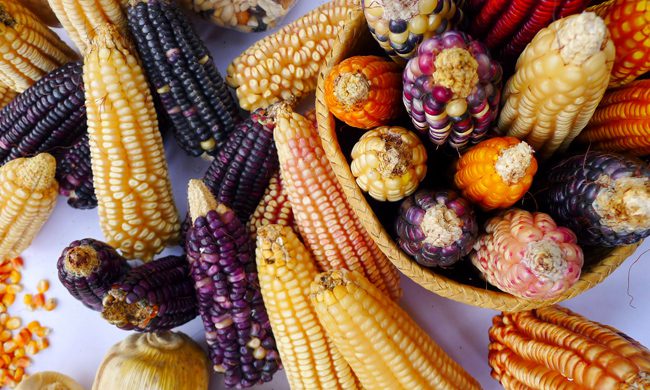How can we get the most out of our farmland without harming the planet? I traveled to rural Mexico to learn from indigenous farmers.
 Affectionately called “Professor” by his neighbors, Josefino Martinez is a well-respected indigenous farmer and community organizer from the remote town of Chicahuaxtla, in the Mexican state of Oaxaca. He watched with patient attention as I showed him photographs of Soul Fire Farm, my family’s organic farm in the mountains of upstate New York.
Affectionately called “Professor” by his neighbors, Josefino Martinez is a well-respected indigenous farmer and community organizer from the remote town of Chicahuaxtla, in the Mexican state of Oaxaca. He watched with patient attention as I showed him photographs of Soul Fire Farm, my family’s organic farm in the mountains of upstate New York.
I tried to convince Martinez that our farms had a lot in common. “Like you, we have marginal mountain soils and steep slopes, and we’ve worked for years to build up the fertility,” I explained.
Martinez finished his simple breakfast of fresh corn tortillas with black beans. Then he rose, donned his baseball cap and undersized school backpack, and took me out to see the land he cultivates. I quickly came to understand that my idea of “marginal soils” and “steep slopes” were naive, if not laughable. It was the height of the dry season and Martinez’s land was hard, brittle, and gray. The farm was literally etched into the mountainside, with a slope so severe that plowing with tractors or animals was impossible. Yet his storage room was full of maize, beans, dried chili, squash seeds, and fresh fruit that he’d grown right here.
When I asked how this was possible, Martinez explained that he simply farmed in the manner of his ancestors, the indigenous Triqui people.


